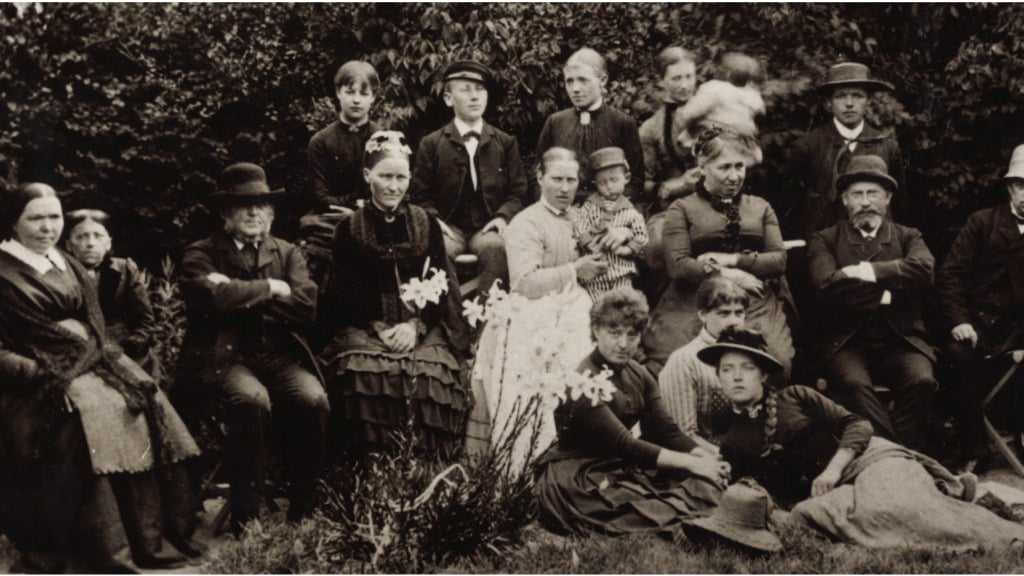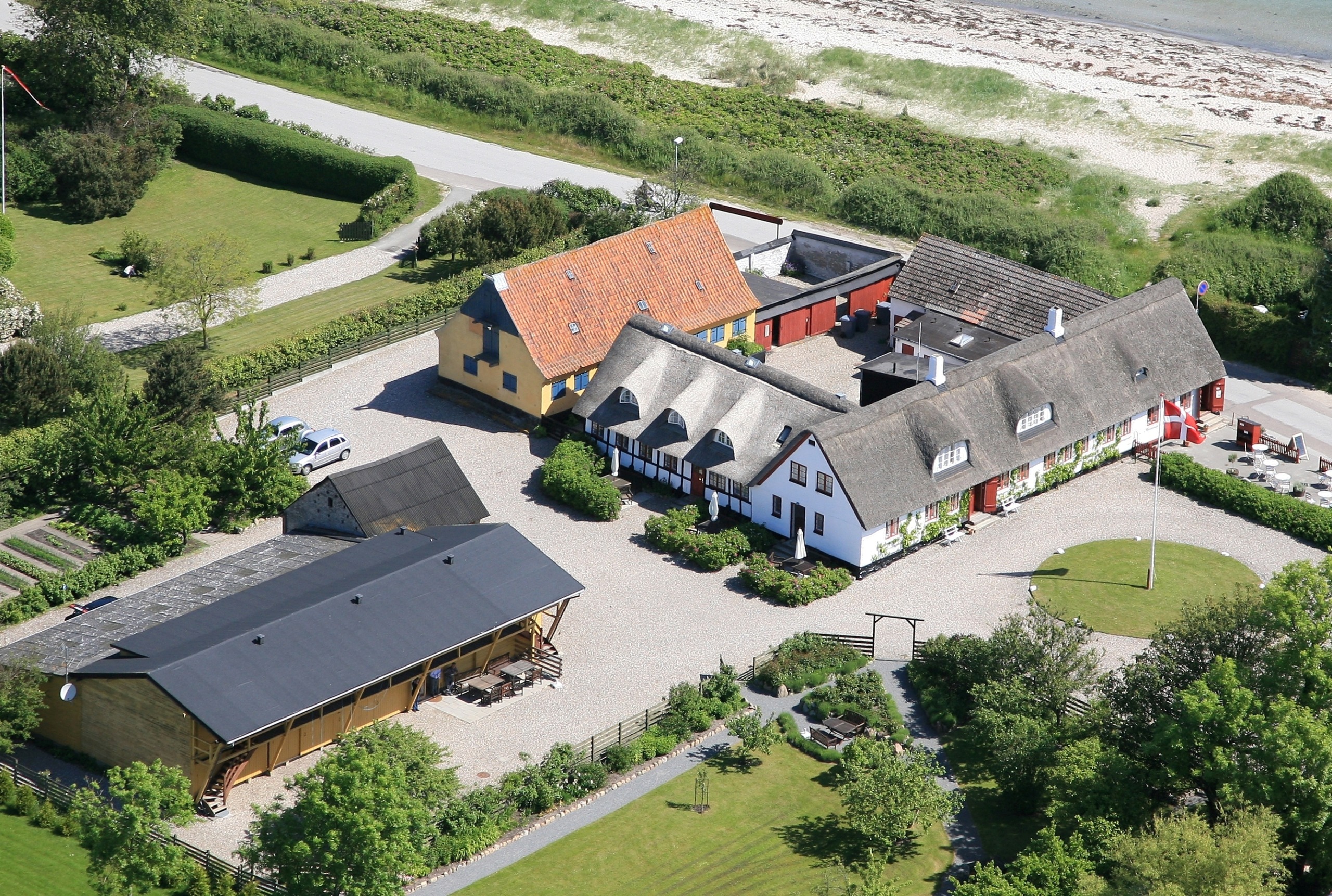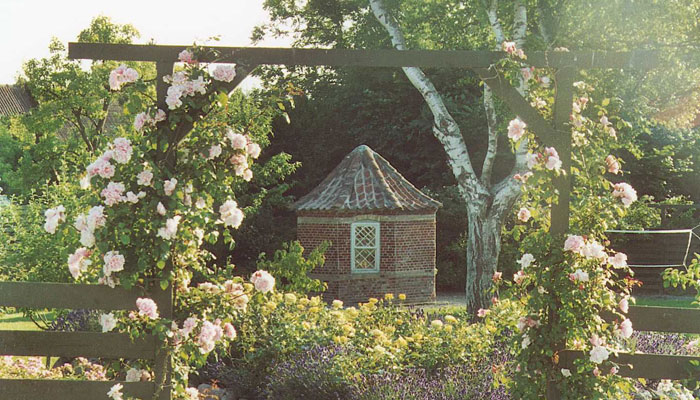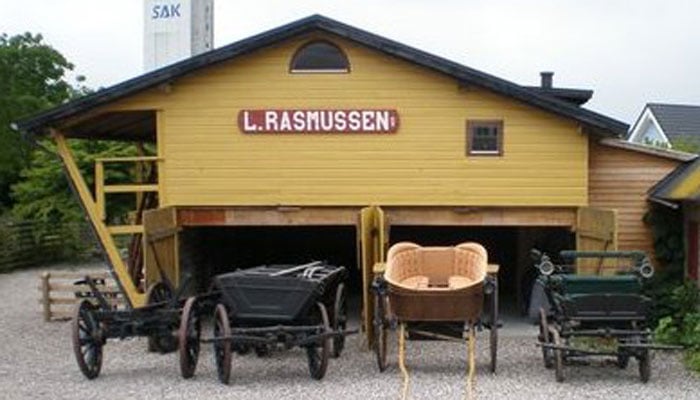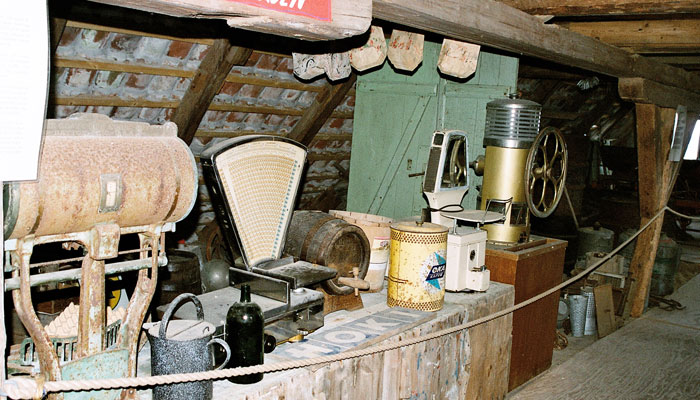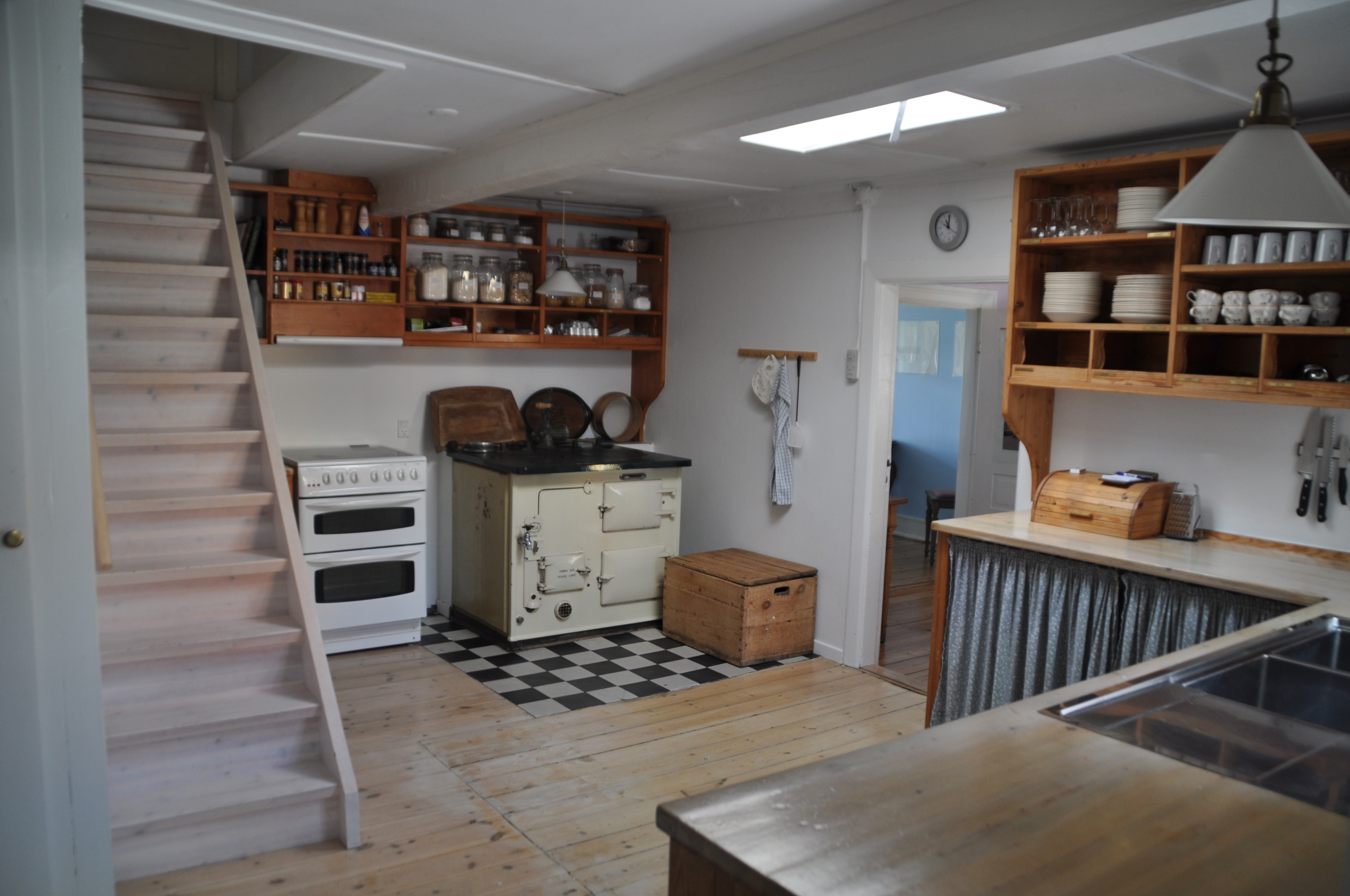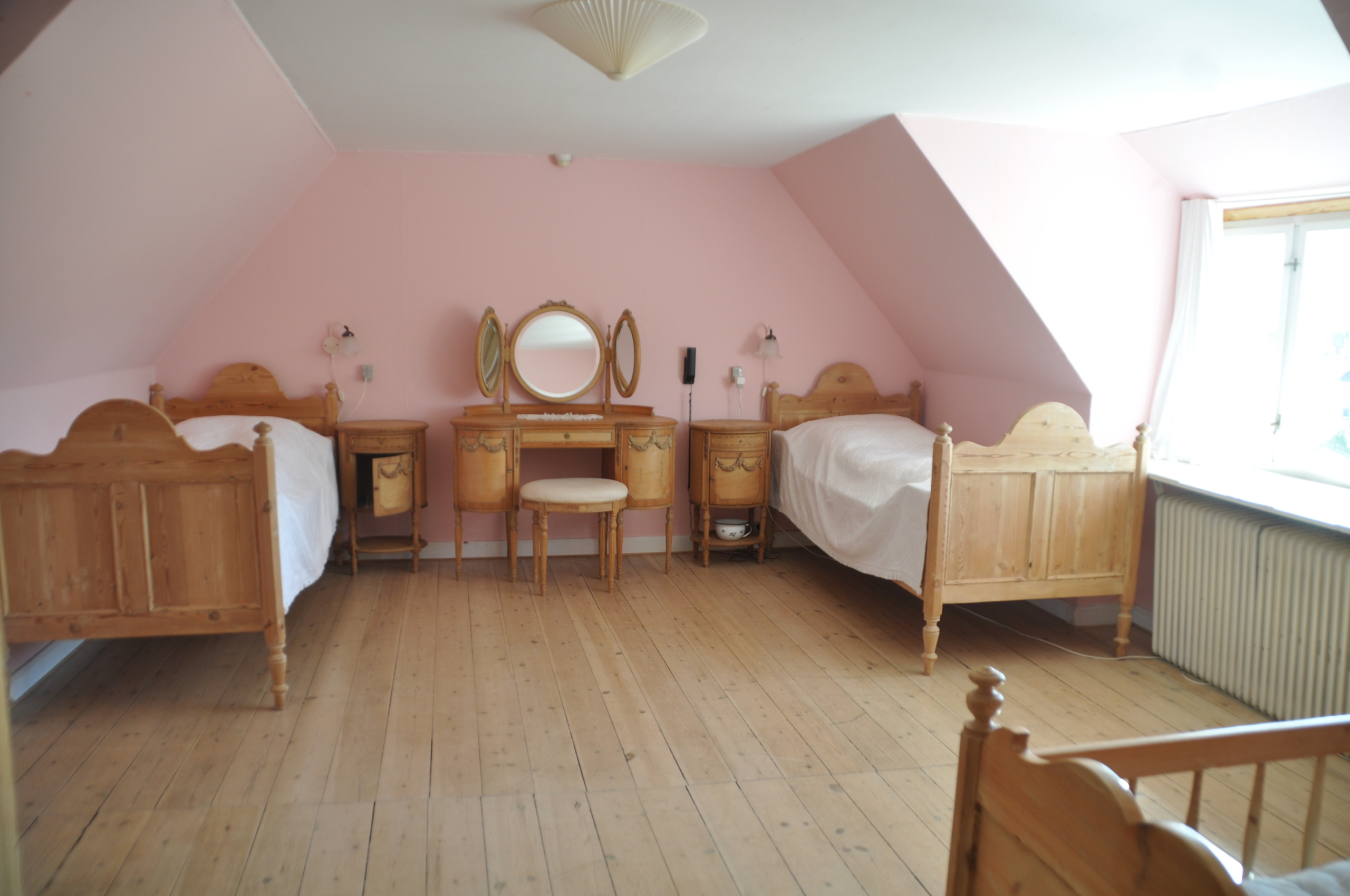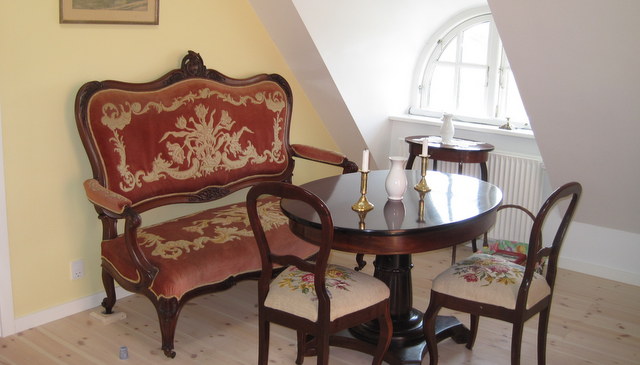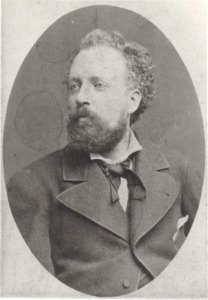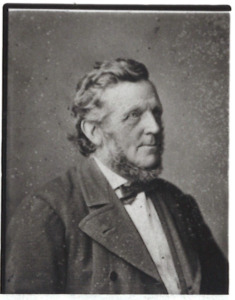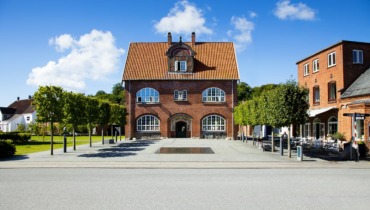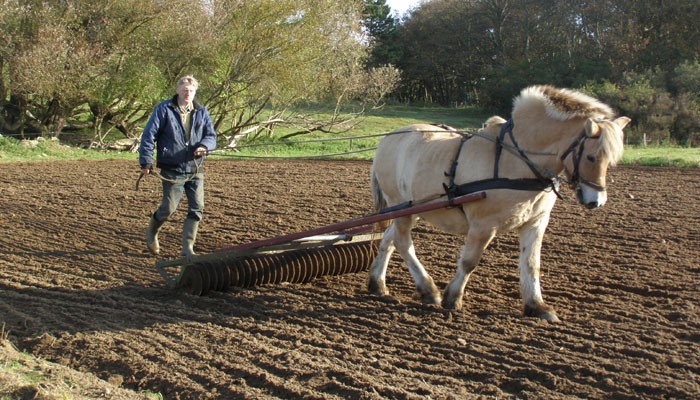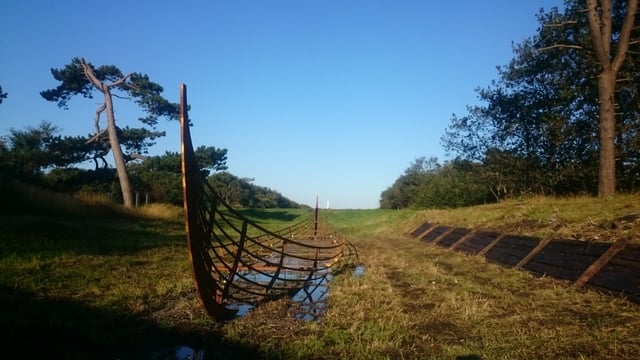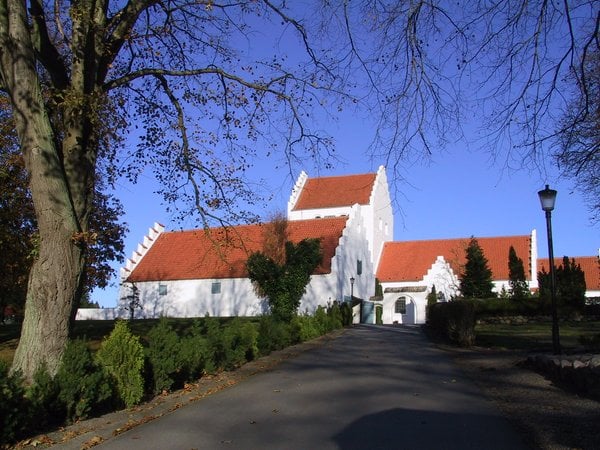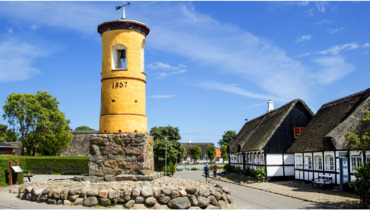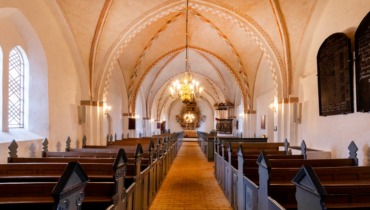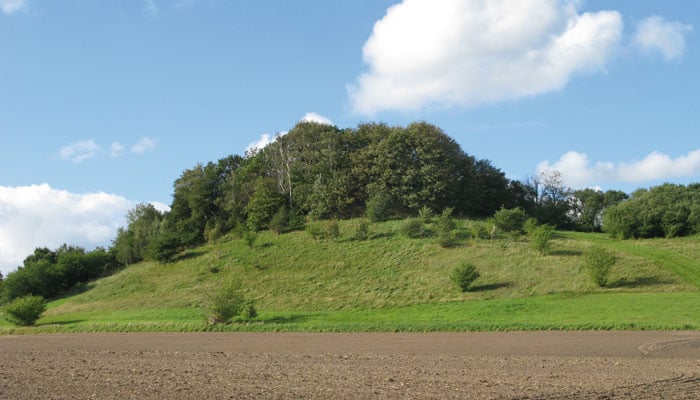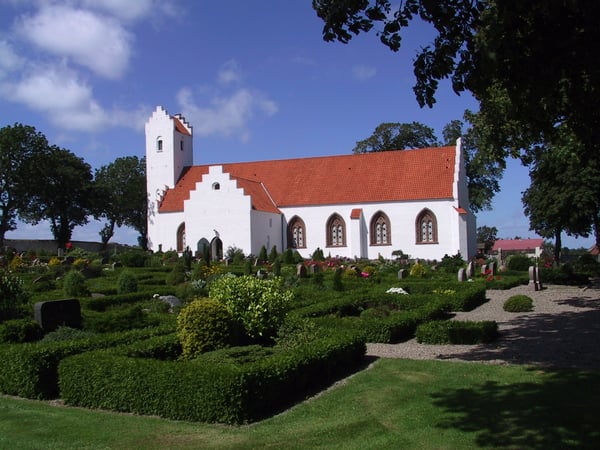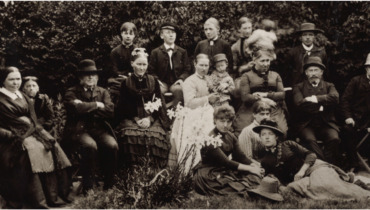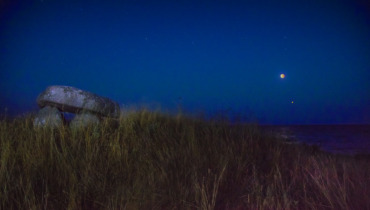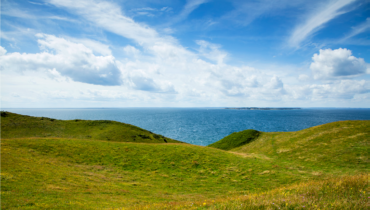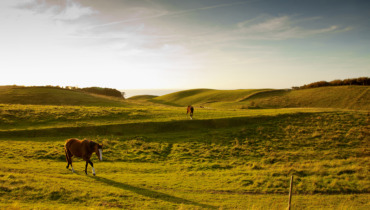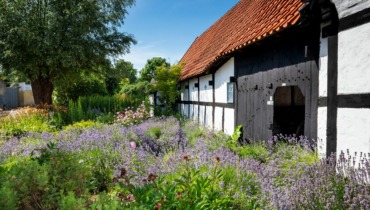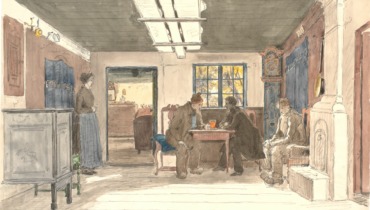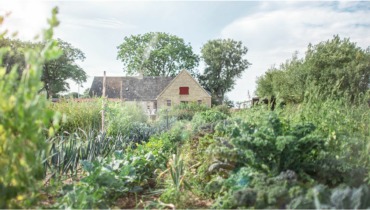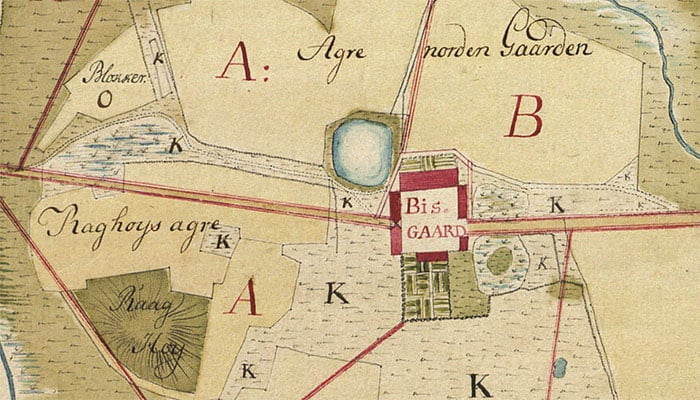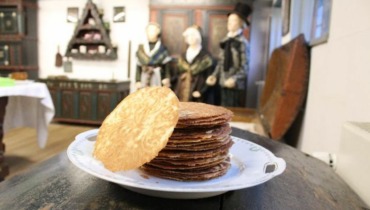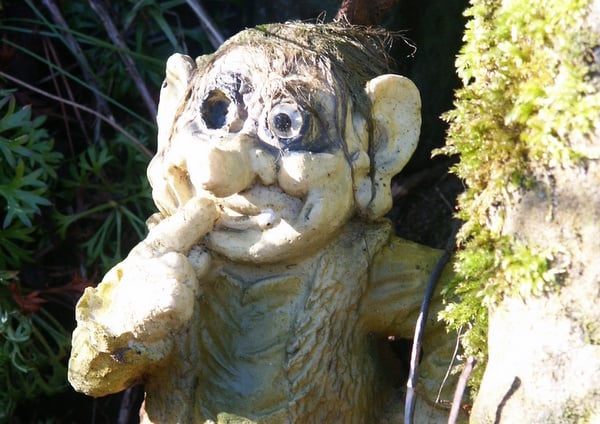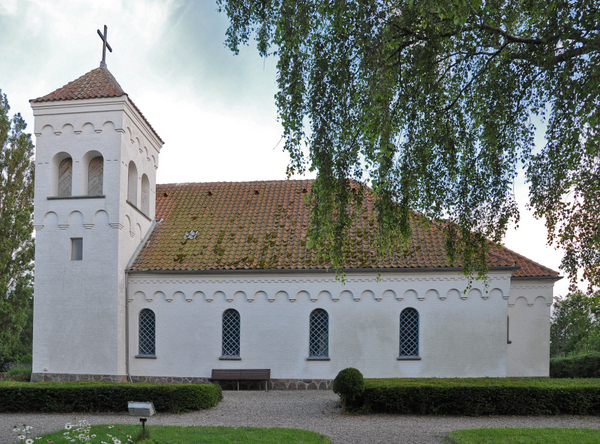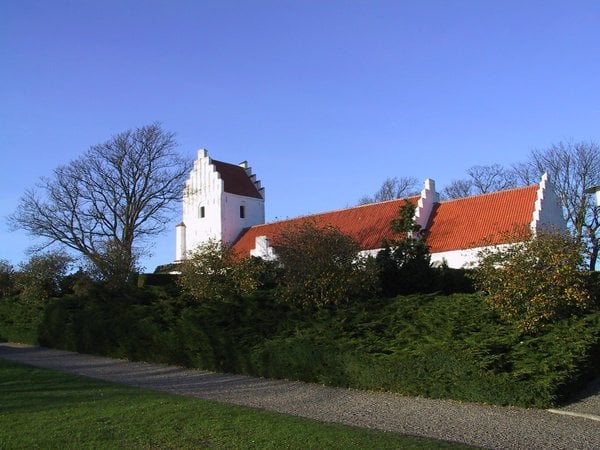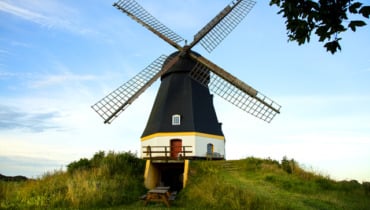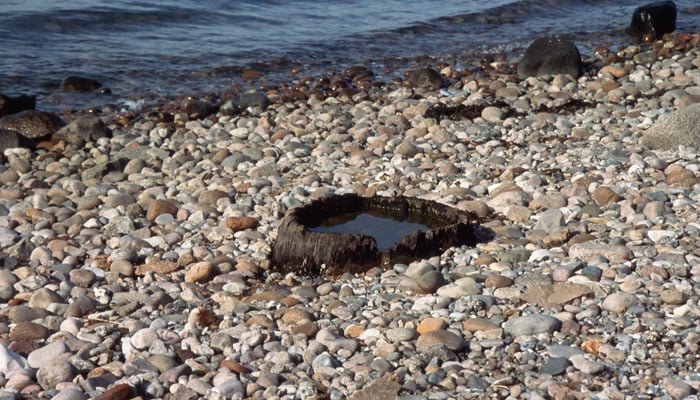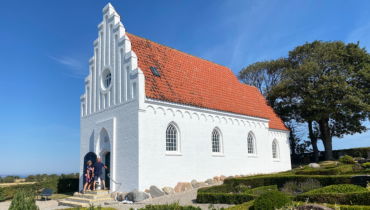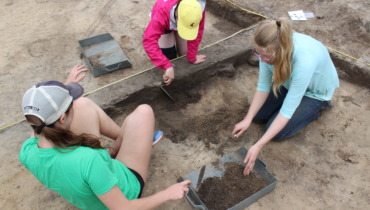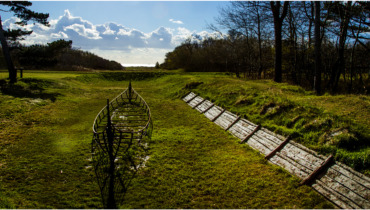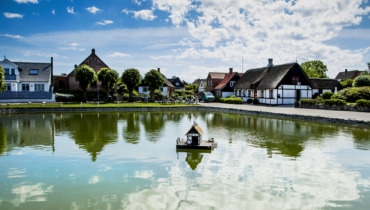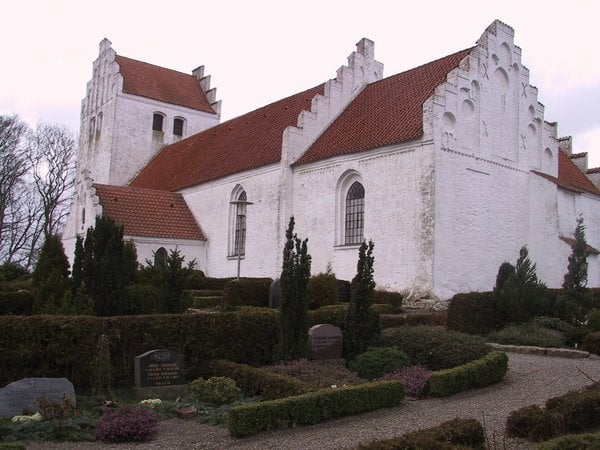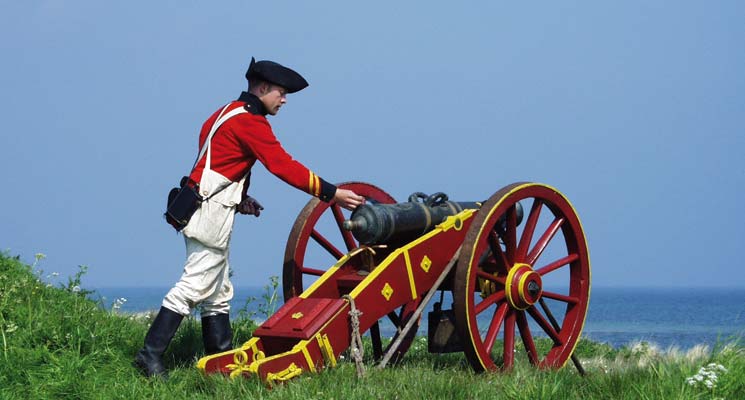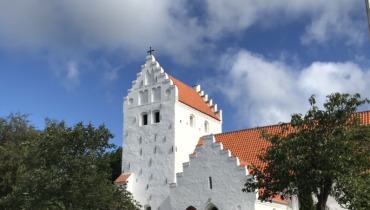When the Bathers Arrived
An industrious merchant, an extra long bed and a renowned poet helped found the tourism business on Samsø.
On their Honeymoon
In 1879, painter and poet Holger Drachmann got married to Emmy Culmsee. The honeymoon was arranged for Ice-land, but shortly before setting sail their plans changed and the newlyweds took a train to Kalundborg instead. In those days, you had to take a ferry to Jutland, which stopped on Samsø.
When the ferry docked, the couple got off and were immediately fascinated by the island. They booked a room at the former inn in Onsbjerg but it did not please the poet one bit. There was nobody there and the ceiling was so low that Drachmann had to “tie himself into a knot each time he walked through a door”, as he expressed it.
For this reason, Drachmann was quick to seize the opportunity when he met the industrious merchant Lars Rasmus¬sen from Ballen at the inn. The merchant said something along these lines: “If you move in with us, I will have a bed made specially for someone of your stature.”
Good Hosts
The couple thrived at “Købmandsgården” in Ballen. The hosts and their staff made sure that the tables were always full of food and that the liqueur cabinet in the ornamental garden was always full. In the daytime, and at night, the couple went for walks, enveloping themselves in the beautiful nature of Samsø about which Emmy wrote: “There is such a solemn mood within the all consuming silence of this nature […] One day turns into the next. Everything dies only to rise again”.
Rasmussen fully understood that satisfied guests were made with good personal service and hospitality. When the couple were back in Copenhagen some months later, Samsø had gained its first ambassadors – and tourism on Samsø was born.
The Summer Guesthouse
In the years that followed, while simultaneously managing his merchant business, Lars Rasmussen ran a summer guesthouse. It was “for foreign guests, and many people, throughout the years, have stayed with him and have had a cosy time under his modest but hospitable roof. His thoughts about the obligations of a host exceed your average man’s”, wrote the paper “Dannebrog” in 1897 to mark the merchant’s 80th birthday.
From Lars Rasmussen’s thorough notes, we can see that his fam¬ily and guests often formed strong friendships: “We will never forget the mild tears that we exchanged, but we wanted to thank each other for the lovely times we spent together”, as he wrote about “the foreign bathers” in 1884.
The Rich and Famous
Towards the end of the 1800s, tourism really picked up and places like “Købmandsgården” and, later, the place that is now known as Walthers Hvile in Ballen became popular with bathers that often stayed for weeks. Samsø got a special reputation with artists and people from the upper classes of Copenhagen, and it was not unusual that the bigger newspapers kept reporters on the island to provide high society gossip.
Service on Samsø
Today, almost 150 years after Drachmann’s first stay on Samsø, the island hospitality is still renowned and loved. The hosts of guesthouses and hotels are often also the owners. You will therefore experience a personal and heart-warming service that almost reaches the heights of when the merchant personally had a bed made for the tall poet.
Stay in Historical Surroundings
“Købmandsgården” in Ballen still exists and is still owned by the 4th generation of the Rasmussen family. The six vacation homes are all decorated with beautiful old furniture and details from the times of Drachmann. Even the liqueur cabinet still exists, but you’ll have to bring your own sherry.
Last updated: 25/02/2016 12:11

